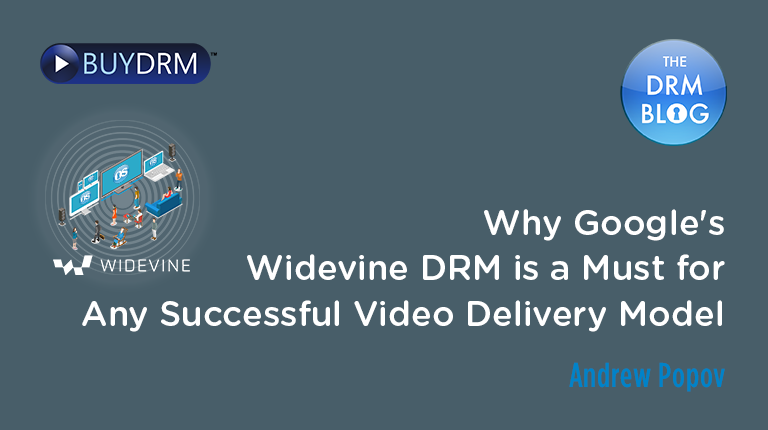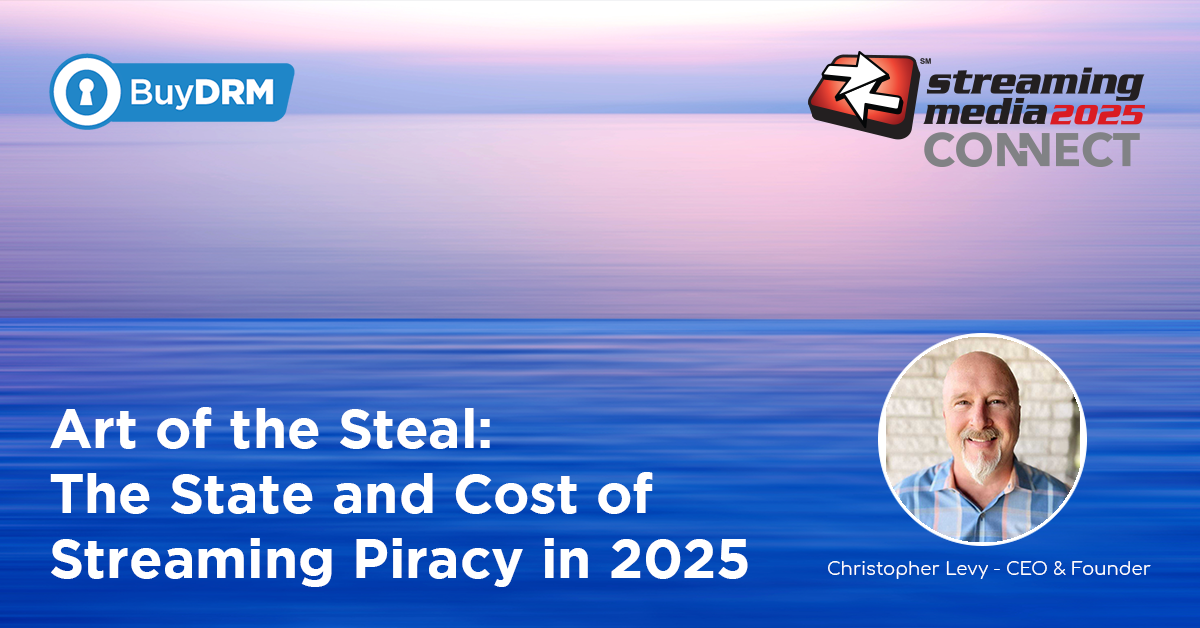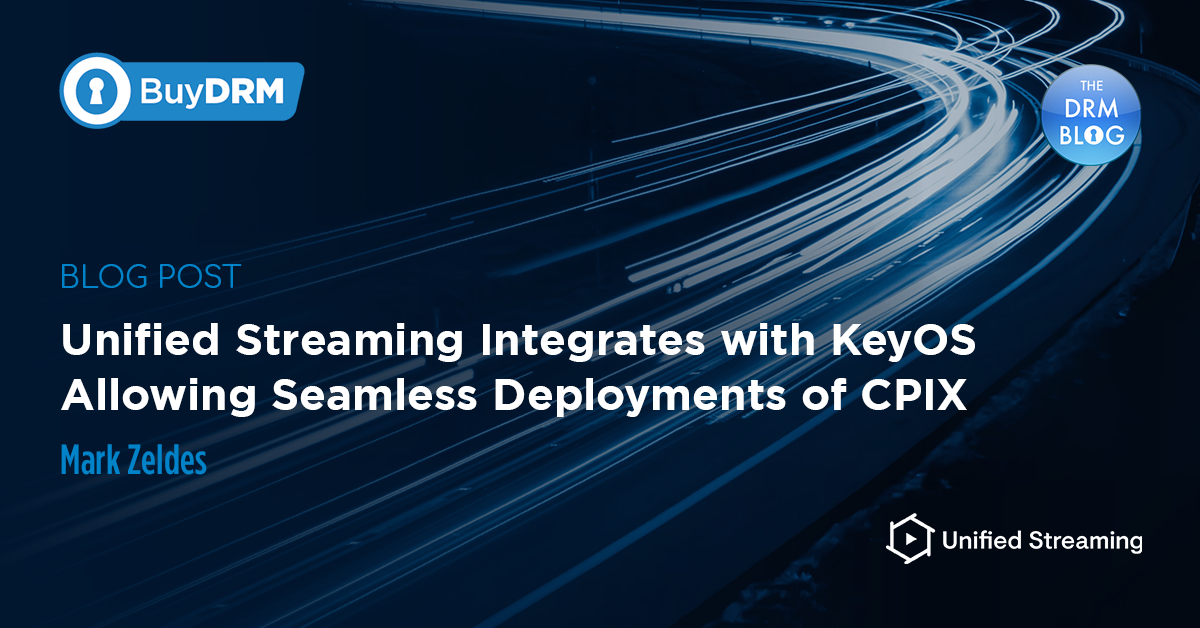Does your content delivery company have the right DRM capabilities? If your business is looking to develop or improve its digital rights management (DRM) strategy, you need to be sure that Google Widevine is part of it.
The Widevine DRM platform is widely used by some of the leading streaming companies, including Amazon Prime Video, Google Play, Hulu, Netflix, AppleTV, BBC iPlayer, Sony Crackle, TubiTV, Rakuten Viki and others. It's one of the world's oldest and most established DRM services.
Widevine protects content that's sent over the Internet to a variety of devices for playback. It's designed to protect against piracy and features many functions. It combines encryption, license key exchange and streaming quality features.
Widevine is popular because it simplifies the service provider's work. By supporting multiple streaming quality levels, it's a powerful component of a multi-DRM strategy.
Widevine Security Levels Explained
Widevine has three security levels: Understanding these levels is essential for companies needing to create a multi-DRM solution. Content producers insist that content distributors certify that their service includes Widevine at the proper level as part of their DRM strategy. Otherwise, devices will not play the desired content. If you want a studio-approved DRM, you need to include Widevine.
The Google Widevine DRM three levels are:
- L1: The most secure level and one required by most major producers and streaming services. All content is processed and cryptography operations are done within a CPU that uses a secure area, called the Trusted Execution Environment (TEE)
- L2: Similar to L2 but only cryptography operations are done within a TEE
- L3: Content processing and cryptography operations are done intentionally outside a TEE or the device does not support TEE
Widevine L3, which comes preinstalled on some web browsers, only allows for standard definition (SD) playback of 480p or lower. By contrast, L1 certification allows streaming at high definition (HD) of 720p and higher.
What Platforms Support Widevine?
Widevine is essential for companies wanting to deliver premium content. It's enabled on most recent operating systems and devices, including:
Desktop systems:
- Windows 7.0 or later: Chrome, Firefox and Edge
- Mac OS 10.0 or later: Chrome, Firefox and Edge
Mobile platforms:
- Android 4.4 or later: uses the native Android app
- Android 5.0 or later: uses Chrome mobile browser
- iOS 9.0 or later: uses Widevine iOS CDM
OTT platforms:
- Android TV: OS 4.4 or later
- Amazon Fire TV: OS 5.0 or later
- Chromecast
- LG Smart TV: webOS 3.0 or later
- Roku
- Samsung Smart TV: Tizen OS 3.0 or later
- Roku
Widevine is available for use with various streaming and video formats and video and audio codecs.
For more information about which DRMs work with which platforms and formats, please visit our Compatibility Matrix at:
https://www.buydrm.com/keyos-compatibility-matrix
How To Ensure Proper DRM Management
If your business wants to stream content from the top entertainment services, you'll need a robust DRM plan. Most of the major players require Widevine to be a part of their DRM strategy. Creating that strategy means partnering with a trusted multi-DRM service provider like BuyDRM.
Use BuyDRM's multi-DRM platform, KeyOS, to build your DRM solution. With the KeyOS components, you can cover the full spectrum of RM requirements, including:
- Content encryption technologies
- License key delivery services
- Rights policy creation and enforcement
- Secure content playback.
Learn more about how BuyDRM can help with your DRM needs by contacting us today.












